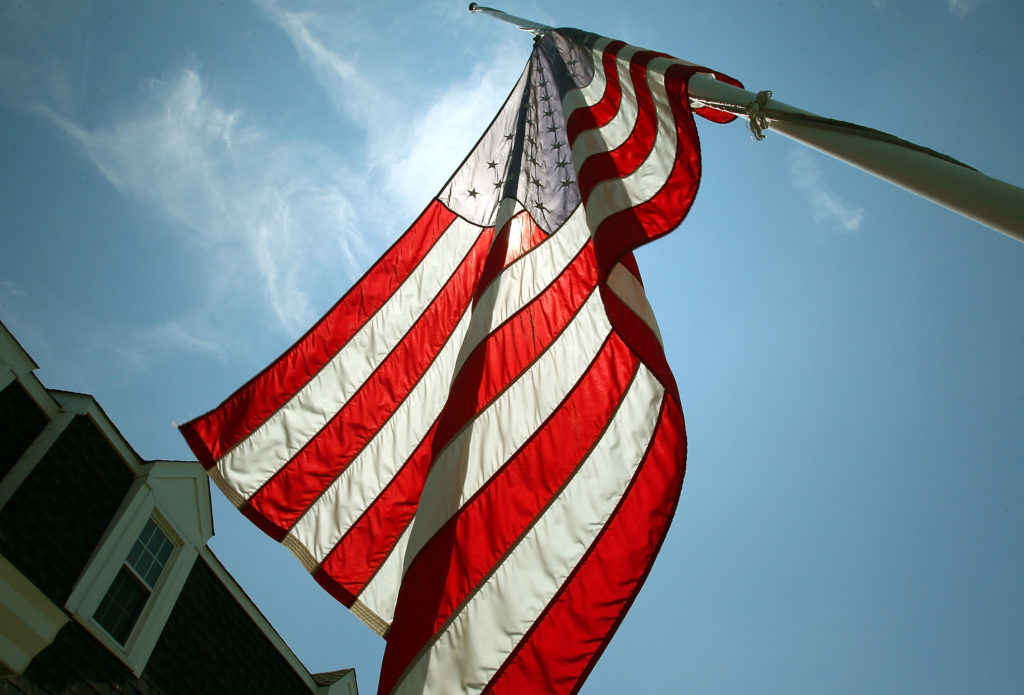Dissecting the sticky issue of flags, banners and signs in HOA communities


On June 14, 1777, the Marine Committee of the Second Continental Congress at Philadelphia adopted a resolution that “the flag of the United States be thirteen stripes, alternate red and white; that the union be thirteen stars, white in a blue field representing a new constellation.” Though the American flag has changed a few times over the years, we’ve stuck to the Stars and Stripes format since. It’s why we celebrate Flag Day today.
The U.S. flag has profound meaning for many Americans, which is why Community Associations Institute (CAI) applauded the 2006 enactment of the Freedom to Display the American Flag Act, giving residents the right to fly an American flag despite any community association rules or restrictions that prevent doing such. However, as the international provider of education and resources to HOAs, the CAI believes that associations should be able to determine the appropriate size, placement, and installation of flags.
Every HOA has different rules for displaying flags, whether they be the American flag, a garden flag, or a flag with a resident’s favorite football team. These rules are conceived and enforced to promote uniformity within community associations and avoid the potential proliferation of all flags, banners and emblems.
Like flags, political signs are a particular pain point for homeowners associations, especially during election season. Without fail, some communities end up on the evening news or in the local newspaper for attempting to enforce their covenants on signs.

James A. Gustino, a community association attorney in Winter Garden, Fla., provided some guidance on the subject. We asked him: What should associations do about the signs? He responded:
Gustino recommends that his clients permit political signs but enact reasonable time, place, and manner restrictions. For example:
Additionally, Gustino advocates involving community members to help craft the association’s specific restrictions and then prominently posting (via email blasts, special notices on your website and at entry signs) the rules to encourage compliance.
HOAresources.com explores questions and comments from community association members living in condominiums, homeowners associations, and housing cooperatives. We then assemble trusted experts to provide practical solutions to your most commonly asked, timely questions. We never use real names, but we always tackle real issues. Have a question or comment about your community association? Submit here for consideration:
Join CAI’s online community for access to the industry’s most in-demand community association resources.
Thousands of your peers are sharing advice.
Laura Otto is the Senior Editor of Digital Content at CAI. A seasoned journalist, Laura previously worked for a creative, advocacy agency in Washington, D.C., where she wrote and edited content for a variety of public health clients. Prior to that, Laura served as a senior writer and editor for the George Washington University School of Medicine and Health Sciences. Laura is a graduate of Temple University in Philadelphia.